Moisture is the number one cause of exterior wall damage. When rainwater infiltrates the space between cladding and sheathing, it can create major problems if it isn’t managed quickly and efficiently. To help mitigate these potential dangers, builders and contractors are increasingly seeking products and materials that aid in draining bulk water out of the building envelope.
In many parts of the country, building codes are driving the need for better moisture management solutions. At the same time, growing preference for absorptive cladding materials like fiber cement has made moisture management more important than ever, with some manufacturers even going so far as to require drainage gaps behind their materials.
Thankfully, advances in material technology have resulted in innovative solutions for protecting our homes and buildings from the elements while allowing them to both release vapor buildup and drain bulk water. And with a growing number of products hitting the market to address this need, it’s important to understand how each performs to specify the right building wrap for your project.
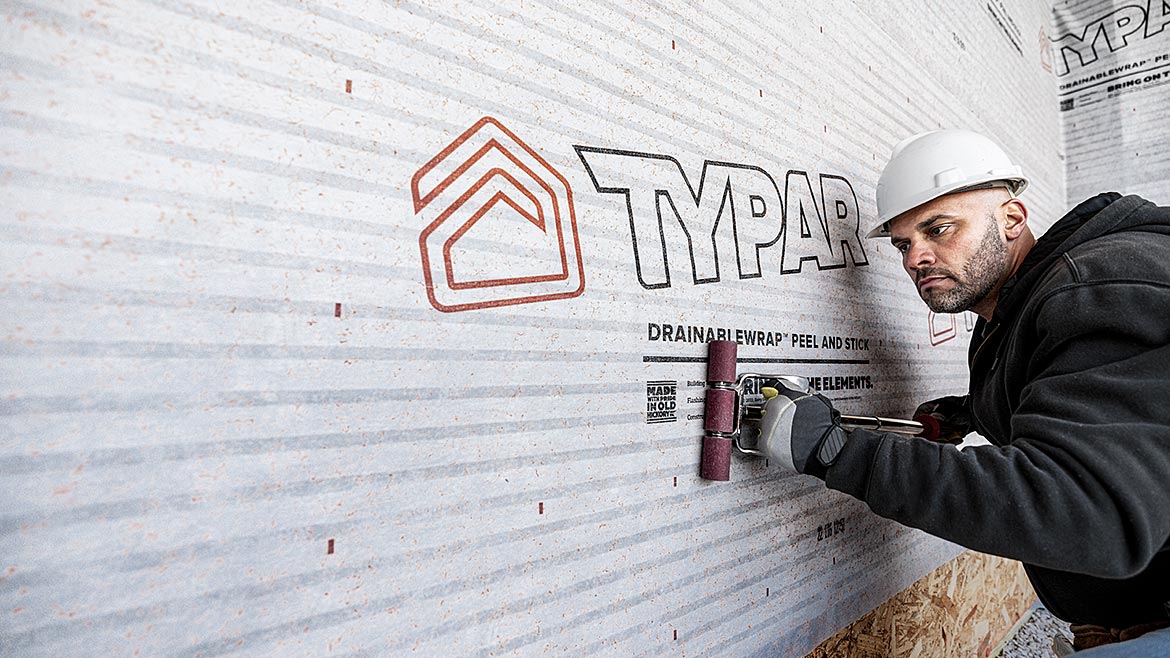
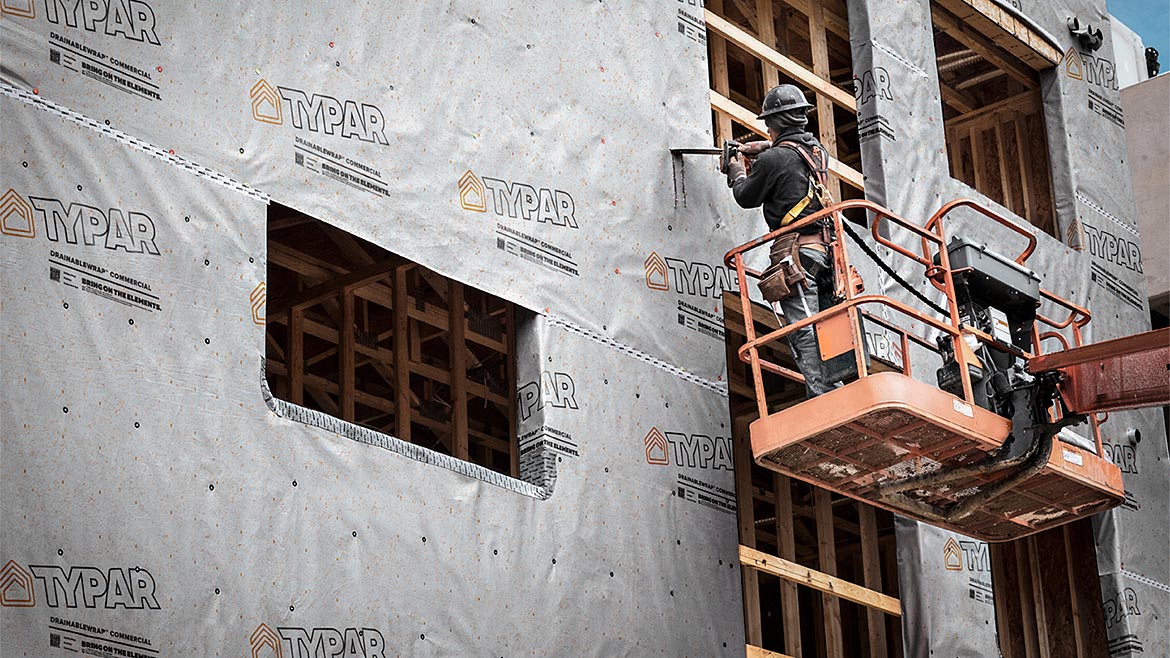
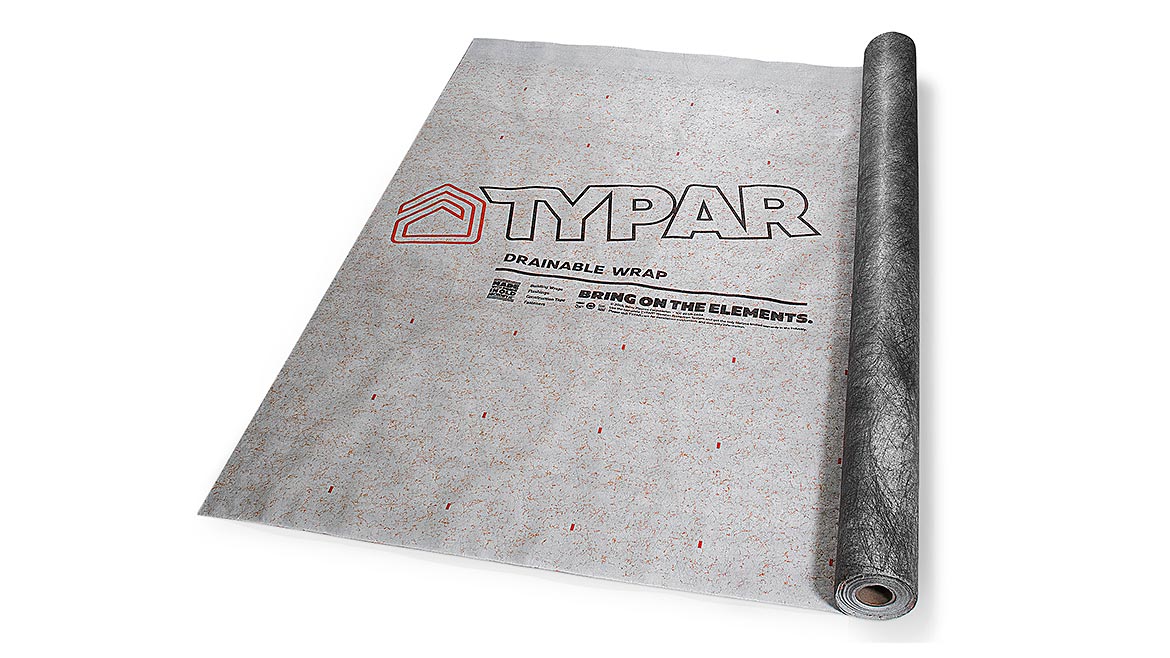
Understanding the Codes
The 2018 International Building Code (IBC), Section 1402.2, “Weather Protection,” requires exterior walls to “provide the building with a weather-resistant exterior wall envelope...designed and constructed in such a manner as to prevent the accumulation of water within the wall assembly by providing a water-resistive barrier behind the exterior veneer … and a means for draining water that enters the assembly to the exterior.”
It is important to note the difference between a weather-resistant barrier and a water-resistive barrier, as they have distinct purposes but are often confused with one another. The American Architectural Manufacturers Association defines WRBs as a surface or a wall responsible for preventing air and water infiltration to the building interior. The differentiating factor is a WRB must also prevent air infiltration, while water-resistive barriers are only responsible for preventing water intrusion.
WRBs are commonly specified for commercial buildings or projects where a higher level of performance is desired of the vertical building enclosure, and when it is critical to have greater control of interior environmental conditions. Water-resistive barriers, on the other hand, are usually limited to residential and low-rise structures.
ASTM E2273
ASTM E2273 or Standard Test Method for Determining the Drainage Efficiency of Exterior Insulation and Finish Systems Clad Wall Assemblies is the industry standard for testing the drainage efficiency of a water-resistive barrier. In simple terms, this test involves spraying water into a wall assembly and measuring its collection over time.
During the ASTM E2273 test, a spray box with two small openings allowing for water application is sealed to a wall assembly. Next, water is sprayed onto the wall for a total of 75 minutes, with the amount of water collected measured at every 15-minute interval. Water flow and dispersion are held constant throughout the test.
Once the 75 minutes are up, the wall is left to sit idle for an additional hour before measuring the collected water that had drained from the wall assembly. If greater than 90 percent of the total applied water had drained and been collected, the wall assembly is said to be in accordance with ASTM E2273. Section R703.9.2 of the 2018 International Residential Code and Section 1407.4.1 of the 2018 International Building Code both require the wall to have an average minimum drainage efficiency of 90 percent when tested in accordance with ASTM E2273.
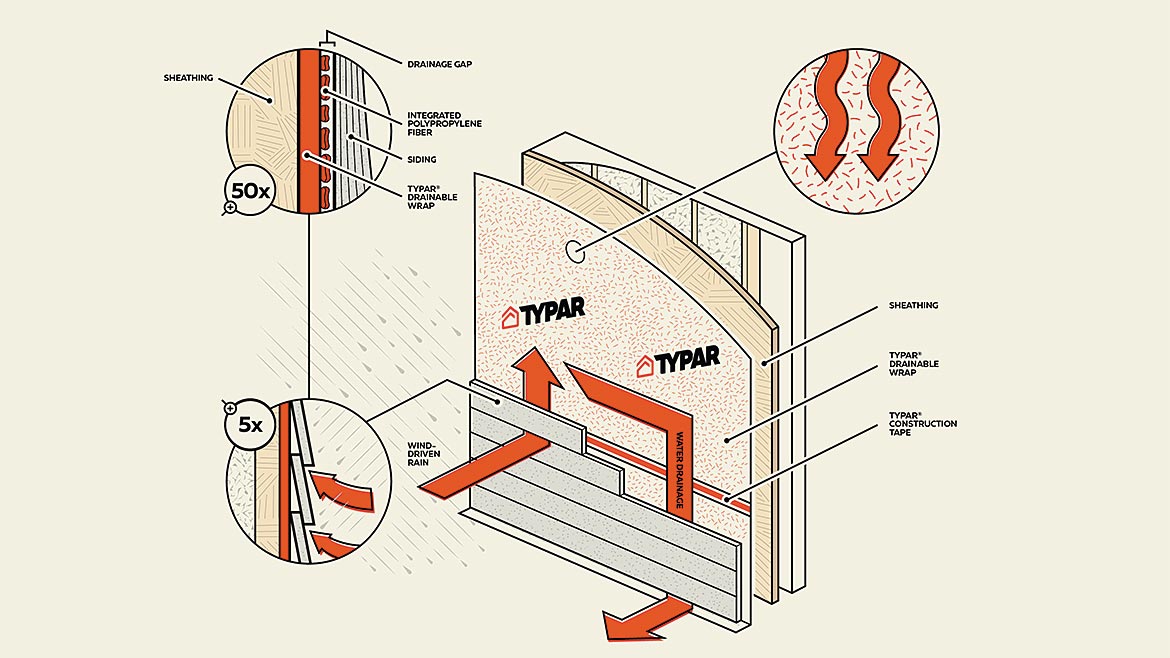
Building Wrap Innovation
Some high-performance building wraps available today have been shown to achieve drainage efficiency of greater than 90 percent according to ASTM E2273. But there are a growing number of newer building wrap products that leverage innovative technologies to achieve even greater drainability.
Drainage is widely accepted as one of the most effective measures for reducing the risk of potential damage due to rain penetration and is a critical component in allowing a building wrap to do its job—particularly in keeping walls dry. Historically, drainage has been achieved with furring strips that separate the wall from the structural sheathing and framing, but new technologies have emerged that are helping to simplify the process.
Today’s most advanced building wrap products feature integrated drainage gaps through creping, embossing, weaving, or filament spacers. These new products eliminate the need for furring strips, helping to reduce material costs and streamline installation. The cutting edge of drainable building wrap technology are products that create a drainage gap through an additional layer of polypropylene fibers. Some products, for example, use this technology to create a drainage gap and has been shown to achieve 96.7 percent drainage efficiency per ASTM E2273 without sacrificing any of the durability and ease of installation benefits builders and contractors have come to expect from premium building wraps since it essentially handles and installs the same as a standard building wrap.
This added layer of protection is particularly important in coastal climates and in areas subject to heavy wind-driven rainfall. These products can be installed in any direction without affecting performance. And they are vapor permeable, so moisture will not become trapped in the wall assembly and lead to mold or rot issues.
New Self-Adhered Building Wraps Make Optimal Weather Protection and Drainage Easier Than Ever
With builders and contractors seeking ways to keep projects on time and on budget amidst tight labor markets and supply chain challenges, some manufacturers have introduced new, self-adhered building wraps that streamline installation. And since these cutting-edge wraps do not require fasteners to install—which can serve as potential entry points for air and water infiltration—self-adhered building wraps (sometimes referred to as “peel and stick” building wraps) can even provide a tighter building envelope.
Recently, a team of builders and contractors in Massachusetts selected a new building wrap that combines peel-and-stick application with integrated drainage capabilities for the construction of a 3,000-square-foot custom home in Sandwich, Massachusetts—the oldest town in Cape Cod. A drainable wrap peel-and-stick product was attractive due to its air hold-out and permeability (which can significantly affect the quality of the indoor environment,) its suitability for the cold-weather application, and, of course, its integrated drainage features.
The home had a lot of exposure to wind and cold weather, so the team needed a rugged, durable, drainable wrap that wouldn’t tear easily. Additionally, to ensure the longevity of the building, the builders also installed a complete system of tapes and flashings designed and tested to work as a complete warranty-backed system with the drainable building wrap. Collectively, the system acts as a barrier to wind-driven rain, bulk water, and air that may penetrate exterior cladding.
“The builders and general contractor on the job site needed a reliable and durable weather barrier,” says Jeff Calabrese, sales associate with Preferred Marketing, TYPAR’s East Coast sales representative. “The Northeast market requires drainability and building wraps that can be applied in cold weather, but a self-adhering wrap took this build to the next level—speeding up install and requiring less additional material.”
Each project is unique, and with so many choices of building wraps to choose from, managing water intrusion and drainage can be a complex equation to solve. But with a greater understanding of the latest building wrap technologies and their unique benefits, you’re off to a head start.


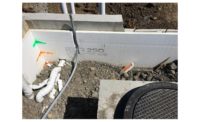
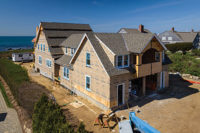
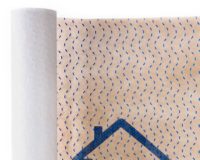
Report Abusive Comment